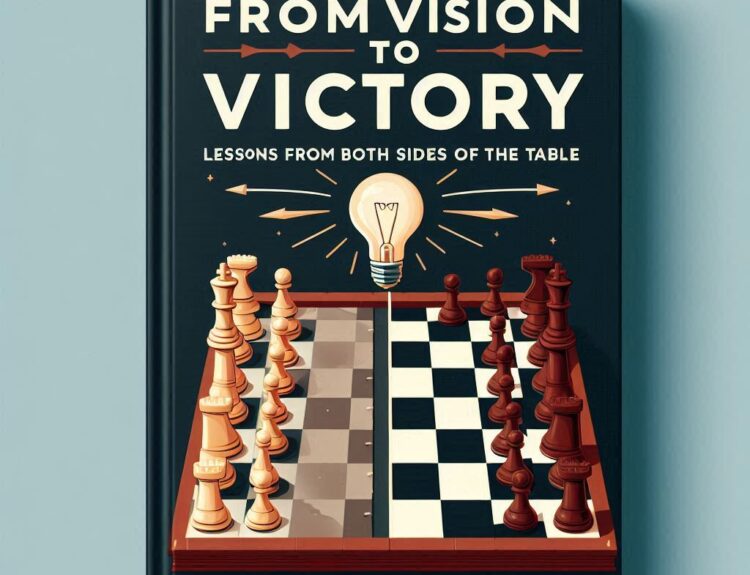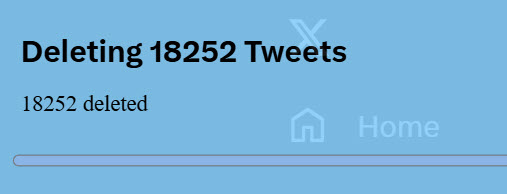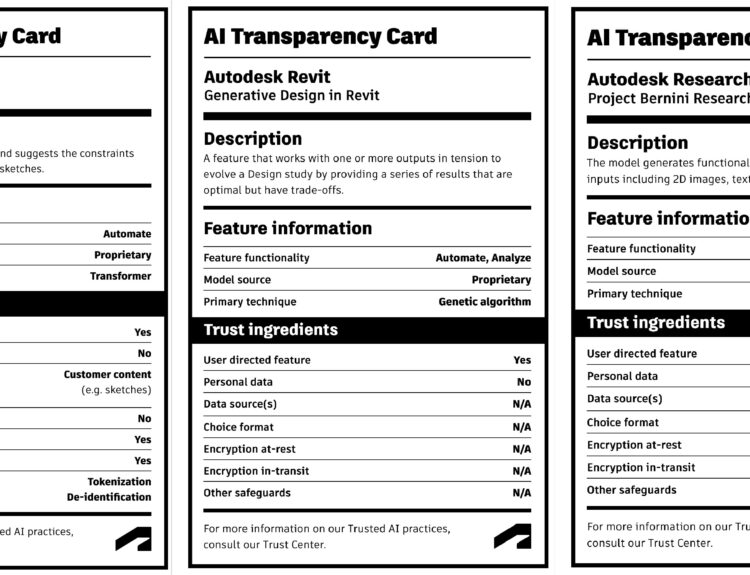In the summer of 2016, Professor Andrew Saunders of the University of Pennsylvania and some of his students spent six weeks in Italy laser scanning and amassing an archive of some of the most important examples of Italian Baroque architecture. The resulting archive includes key works from Francesco Borromini, Gian Lorenzo Bernini, Girolamo and Carlo Rainaldi, Pietro da Cortona, Guarino Guarini and Bernardo Vittone.
The motivations beyond archival and preservation purposes were to find better methods to explore and teach formally highly complex baroque architecture (Phase 1) with the idea to continue and using computational methods to reverse engineer the ‘algorithms’ behind the baroque architecture (Phase 2).
‘The era of “big data” has fostered the need for new approaches to analysis and representation in all fields of design. …The ability to capture, record and simulate increasingly larger sets of data coupled with remote access to cloud computing and increasingly more affordable additive fabrication technology provides new opportunities and methods for understanding and assessing complexity and representation in architecture….’
YouTube Video: https://youtu.be/HPt4YF4xBcs
Baroque Topologies web site (See the churches in all their glory)
There is an interactive Baroque Topologies experience on Autodesk Project Play where you can see the interiors and x-ray style views. Due to the amount of data it may load slow but its beautiful and worth the wait.
Technology Used:
- Faro Laser scanners for capturing the interior geometry.
- Autodesk ReCap + ReMake for scan-to-mesh creation and preparation for visualization or 3D print.
- Autodesk 3ds Max for visualization.
- Autodesk Project Play for publishing interactive online experience.
- Autodesk Netfab was tested in the later stages for 3D printing. Tiny 3D prints were also created on the Autodesk Ember 3D printer.
The Baroque Topologies exhibit ran from February 7-20,2017 at the Charles Addams Fine Arts Gallery, Philadelphia.
Read more in the ReMake blog post with an interview with Prof. Saunders.



